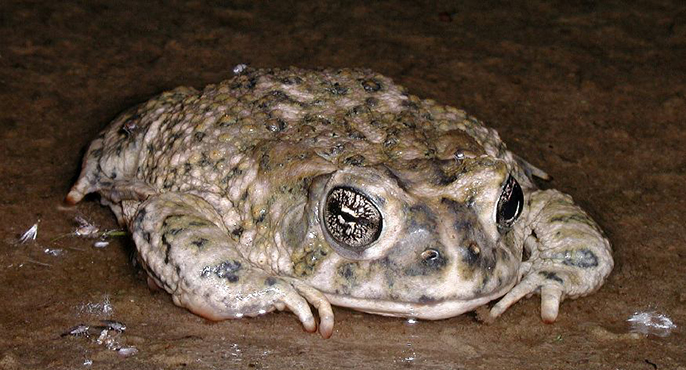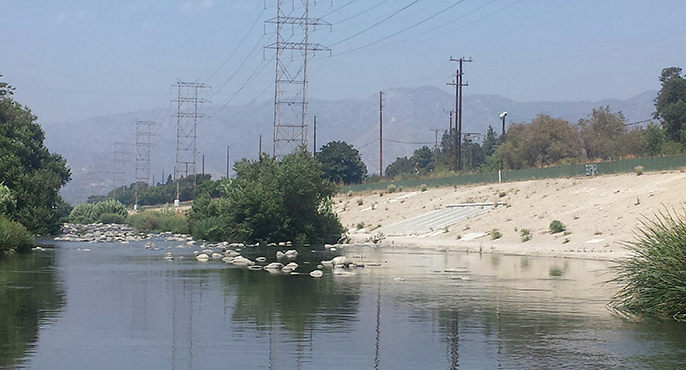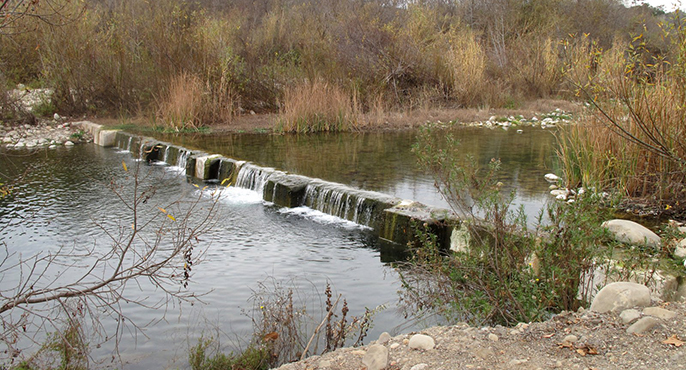![]() Ecohydrology is the study of how changes to flow patterns impact the health of aquatic ecosystems. Streams, wetlands and other aquatic environments all experience routine natural variation in the timing, magnitude, duration and frequency of flows. But human activities also can trigger significant disruptions to flow patterns that alter the structure and composition of aquatic ecosystems. California’s water resources management community needs to understand the ecological impacts of altered environmental flows, so managers can make informed decisions about how to impound, divert, recharge and control the release of water to serve a variety of societal needs – from flood control to agricultural irrigation to water recycling.
Ecohydrology is the study of how changes to flow patterns impact the health of aquatic ecosystems. Streams, wetlands and other aquatic environments all experience routine natural variation in the timing, magnitude, duration and frequency of flows. But human activities also can trigger significant disruptions to flow patterns that alter the structure and composition of aquatic ecosystems. California’s water resources management community needs to understand the ecological impacts of altered environmental flows, so managers can make informed decisions about how to impound, divert, recharge and control the release of water to serve a variety of societal needs – from flood control to agricultural irrigation to water recycling.
SCCWRP is part of a community of researchers working to provide California’s water resources management community with science-informed solutions for minimizing and offsetting the impacts of flow alterations. Especially with global climate change expected to fundamentally alter flow patterns statewide in the coming decades, water resources managers will need optimized intervention strategies to protect aquatic ecosystems, including the threatened and endangered species that depend on them.

Master driver of ecosystem health
Hydrology influences nearly every aspect of ecosystem health, from the condition of physical habitat to water chemistry. That makes flows a master driver of both the physical structure and biological composition of aquatic ecosystems, particularly in arid and semi-arid regions like Southern California.
SCCWRP is working to understand the ecological consequences of human activities that alter the timing, magnitude and duration of flow patterns. This research is focused around four main types of human activities:
- Changes in land use: As humans urbanize their environment, they modify how water moves across the landscape, including constructing surfaces impervious to rainfall that can result in significant alterations to runoff and sediment loading patterns.
- Changes in climate: As weather patterns shift in response to global climate change, the flow patterns that plant and animal communities have come to depend on will be fundamentally altered, potentially putting added stress on ecologically sensitive species.
- Changes in water use: As humans in drought-prone areas like Southern California reduce, reuse and recycle more of their water supplies, the flows that are generated by wastewater effluent discharges and stormwater and urban runoff could be significantly reduced.
- Changes in management practices: As water resources managers make decisions to alter flows to serve societal needs such as flood control and agricultural irrigation, these actions can compromise ecological integrity – unless adjustments are made in a science-informed manner that considers ecosystem health.

Informing flow management strategies
In recognition of the wide-ranging ripple effects that altered flow patterns can have on ecosystem health, California’s water resources management community has developed a diffuse array of management programs aimed at protecting and sustaining environmental flows. SCCWRP is working to help water resources managers document the effectiveness of these programs, inject science into decision-making on flow management issues, and evaluate multiple potential strategies and tools for offsetting threats to environmental flows.
SCCWRP and its partners also are working to bring greater consistency and standardization to the design of environmental flow management programs across California. Although flow management programs are typically built around on a watershed-by-watershed basis around site-specific goals, such as protecting an endangered bird or fish species, more coordination of flow management in California can promote more optimal ecological outcomes statewide.

